Along with most wine regions North of the Equator, Napa Valley is currently engulfed in the contagious excitement of the harvest season. As temperatures resurge into ‘the hundreds’ (that’s around 40°C for any fellow metric system loyalists), you don’t even need to set foot in a winery to catch a strong whiff of freshly fermenting grape must. Whether it comes down to the alluring aroma of wine-in-the-makin’ or simply the bustle of activity in the area, there’s definitely something special about the harvest atmosphere that makes you want to jump right into a vat and stomp on something. Arriba!
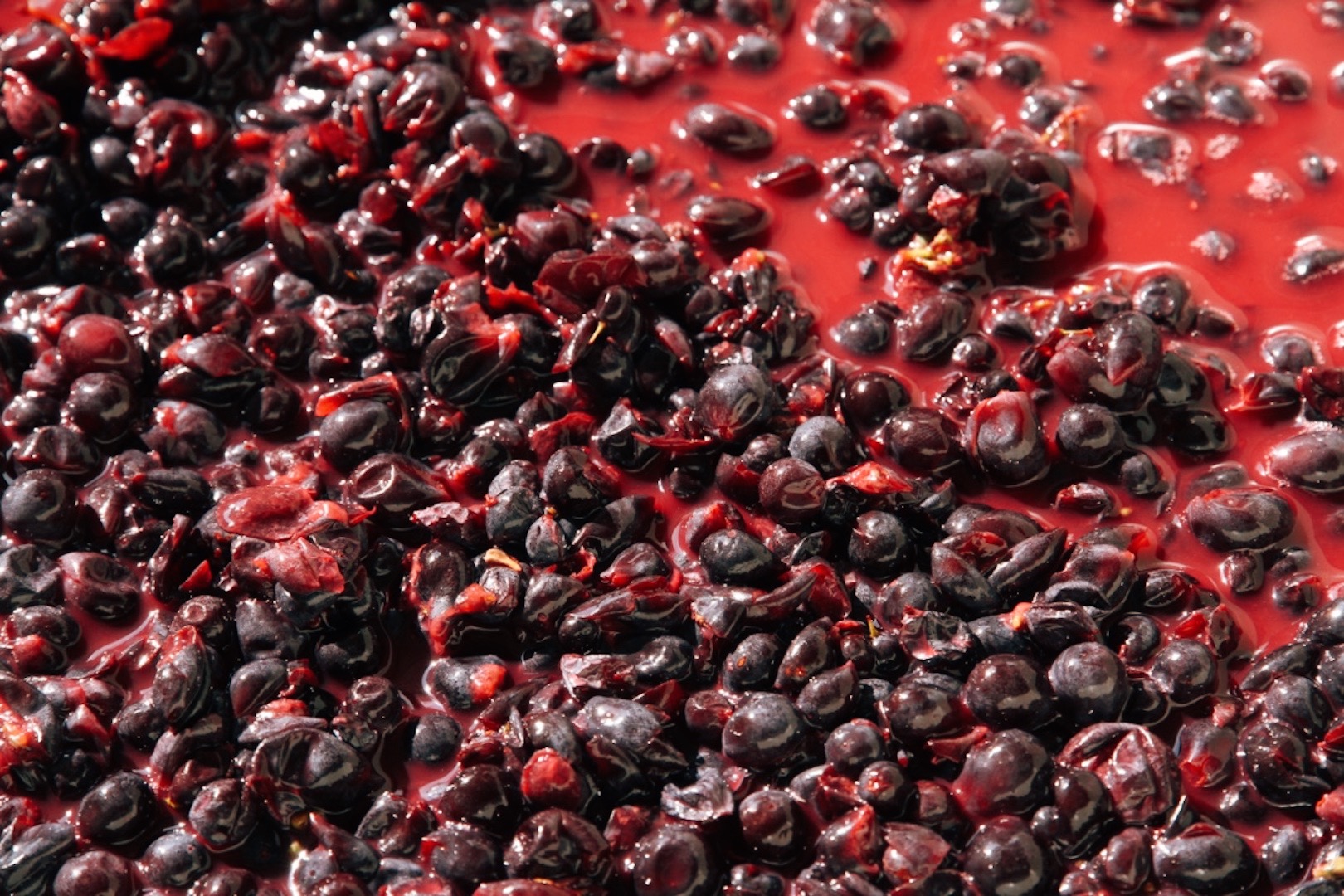 If the good people who make our favourite juice didn’t already have enough on their plates during harvest, it also happens to be peak tourist season – and for reasons beyond the general rad vibes. As late Summer wanes and vineyard foliage moves from lush green to vibrant gold and red, it’s arguably the most beautiful time of the year for a leisurely sojourn to wine country. Fortunately, many wineries in Napa are equipped and eager to welcome wine lovers raring to get a piece of the harvest action. On Friday I (Kristen) paid a visit to Robert Biale Vineyards (Biale for short), where my friend and Biale Tasting Room Manager, Caitlyn, took me behind the scenes of the harvest operation. Read on to get the skinny about what goes down during a harvest and why it’s the coolest time to hang around in wine country…
If the good people who make our favourite juice didn’t already have enough on their plates during harvest, it also happens to be peak tourist season – and for reasons beyond the general rad vibes. As late Summer wanes and vineyard foliage moves from lush green to vibrant gold and red, it’s arguably the most beautiful time of the year for a leisurely sojourn to wine country. Fortunately, many wineries in Napa are equipped and eager to welcome wine lovers raring to get a piece of the harvest action. On Friday I (Kristen) paid a visit to Robert Biale Vineyards (Biale for short), where my friend and Biale Tasting Room Manager, Caitlyn, took me behind the scenes of the harvest operation. Read on to get the skinny about what goes down during a harvest and why it’s the coolest time to hang around in wine country…
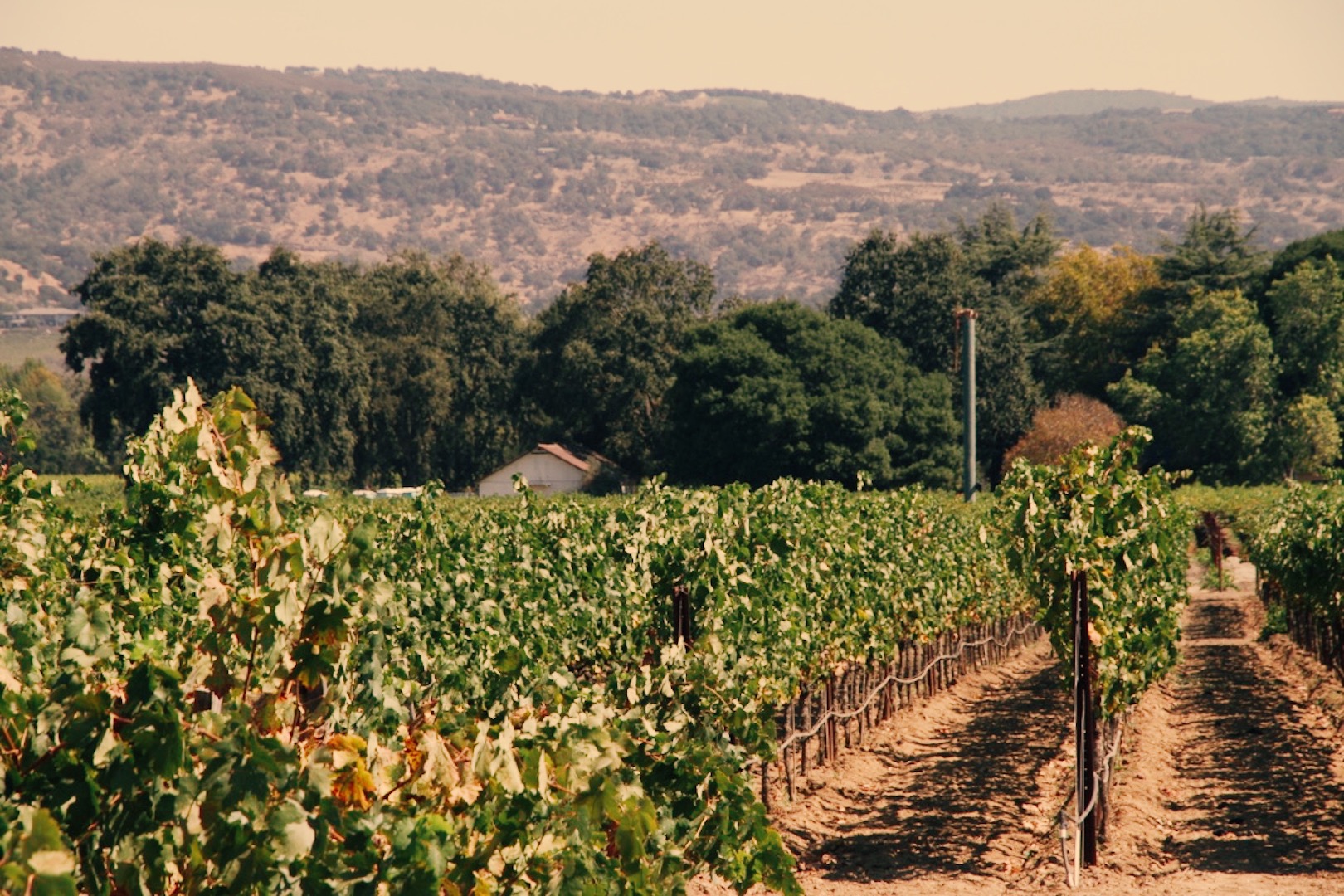
For Biale, it all began with a black chicken – well, in a manner of speaking. Back in the time when rural phone lines were shared among multiple families (oddly called ‘party lines’), a teenaged Aldo Biale came up with a code word to divert nosy eavesdroppers while running his secret Zinfandel operation. The ‘Black Chicken’, a jug of Aldo’s homemade elixir, won the hearts and throats of so many Napa vinophiles that decades later it is nothing short of legendary.
While more than half a century ago young Aldo Biale may have hustled Zinfandel from the hidden barrels in his family’s barn, today Biale Vineyards is a state-of the art Californian winery that embraces the latest modern winemaking practices, while paying homage to its rich heritage with quirky details around the winery. Signs on the property invite visitors to “watch for black chicken”, and a recently-built light wood chicken coop looks straight out of the pages of Garden & Home.
“The chickens are still adolescents, but I can’t wait until they start laying eggs for us,” Caitlyn confides with a glint in her eyes, before marching her cowboy boots into the dark hen house. What follows is an uproar of indignant clucks, and a tricoloured flurry of hens rush from a rectangular opening, allowing me to snap a few shots of the startled fowl through the chicken-wire mesh. “They’re still not that used to people”, Caitlyn laughs.
After greeting the chickens, Caitlyn takes me out into the vineyard. “We’ve already harvested more than seventy percent of our fruit”, she tells me as we stroll between the tall, leafy trellises. “It was the earliest harvest in a very long time.”
Whether it’s as a result of global warming or the drought California has been experiencing since 2012, harvest seems to be getting earlier and earlier – and this year, with rampant wildfires raging in the northern limits of the Valley, the weather is a particularly hot topic.
So, with all of Mother Nature’s quirks, how do wine growers decide when to pick the grapes? In essence – it’s all about striking the right balance between Science and intuition. While most harvests in a region tend to happen within the same general time frame, there will be differences depending on the particular grape varietal and how long it takes to ripen, as well as the kind of wine one wishes to create. The longer you leave the grapes on the vine, the more they ripen, and the higher the sugar concentration. So if you want to make a dessert wine, one way to do it is to delay the harvest. However, to bring dear old Nature in again – the longer the grapes are out there, the higher the risk in terms of weather damage and disease. So it’s all a balancing act, really.
It’s starting to heat up in the vineyard, so I follow Caitlyn into the winery where busy hands are selecting the best quality fruit to be de-stemmed and crushed. This all has to happen rather speedily after picking so that the grapes don’t rot or start fermenting in their skins. I ask Caitlyn why the large vats of grapes appear to be steaming, and she explains that it’s no cheap special effect – they place dry ice among the bunches to keep the temperatures low. Normal ice would melt and ultimately dilute the wines, and we certainly wouldn’t want that.
It’s finally time for the part I’ve been looking forward to seeing most – what the French refer to as pigeage, and what the rest of us call some good ol’ stomping. I’m not really dressed to go swimming in a vat of fermenting wine, but with another glimmer in her eyes, Caitlyn asks if I want to do a ‘punch down’. I’m up for anything, and she passes me a long rod with a flattened paddle. With childlike enthusiasm, I give the grapes a satisfying press with the punch-down tool and quickly regret not packing my swimming gear.
Many of the batches are too large for manual crushing, so these are done by mechanical means – which also happens to be pretty neat to see. With the winemaker’s permission, I’m given the go-ahead to climb up a metal staircase and get a better view of the grapes being tipped into a large stainless steel vat. A special strain of yeast will soon be added to the mix, which will kickstart the process of transforming the sugars into alcohol. I approve, and Caitlyn shows me back into the tasting room, via a peek into the cellars.
I’m taken aback when Caitlyn tells me that much of the Biale wine from the current harvest has been fermented and is already ageing in barrel. However, it will still be many months until those wines are ready to drink – so for now, we’ll open a bottle of Black Chicken and enjoy the fruit of prior harvests. Caitlyn pours me glass after glass of Zinfandel, each with its own nuances, depending on the characteristics of the different vineyards. I struggle to pinpoint the subtleties as I don’t yet have a palate for this grape, which is scarcely grown beyond California and Italy, but I can appreciate the craftsmanship that went into creating these weighty red wines.
If you visit Napa Valley during harvest, I would highly recommend paying a visit to Biale. With the tasting room wedged comfortably between vineyards and winery, it’s a fantastic place to gain an overview of how everything comes together – especially thanks to the knowledgeable Biale team.
After satisfying my tastebuds, I get back onto my bicycle to make the twenty minute ride back into downtown Napa. Once again I’m reminded to watch for black chicken. “I’ll be watching,” I murmur out loud as I carefully pedal along the vine-flanked driveway, an eye out for any road-crossing chickens.
Special thanks to Robert Biale Vineyards and Caitlyn McCormick
Details:
Robert Biale Vineyards | 4038 Big Ranch Road, Napa, CA, 94558 | www.robertbialevineyards.com
Harvest tours and tastings by appointment | +(1) 707 257 7555



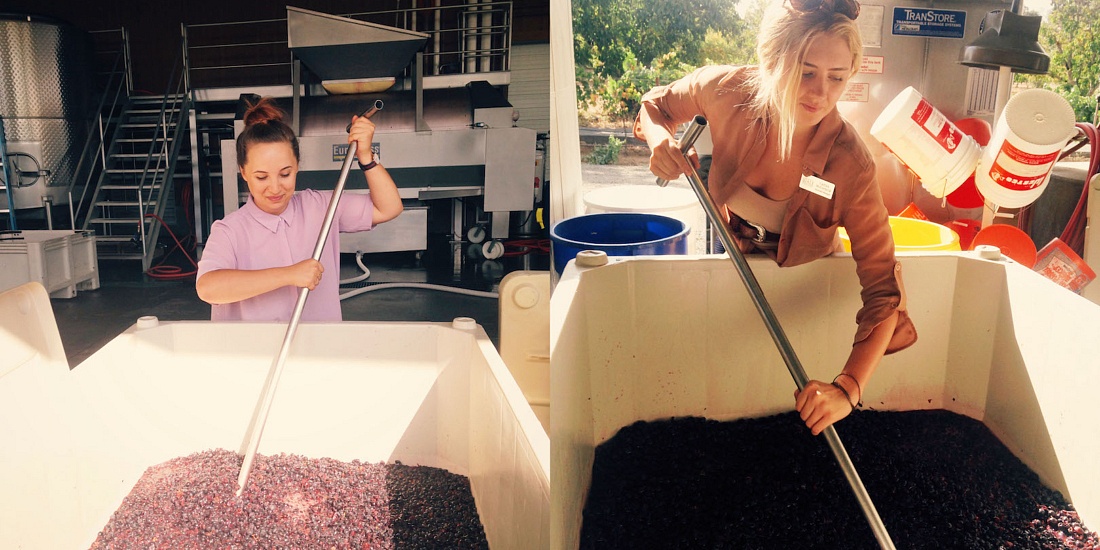











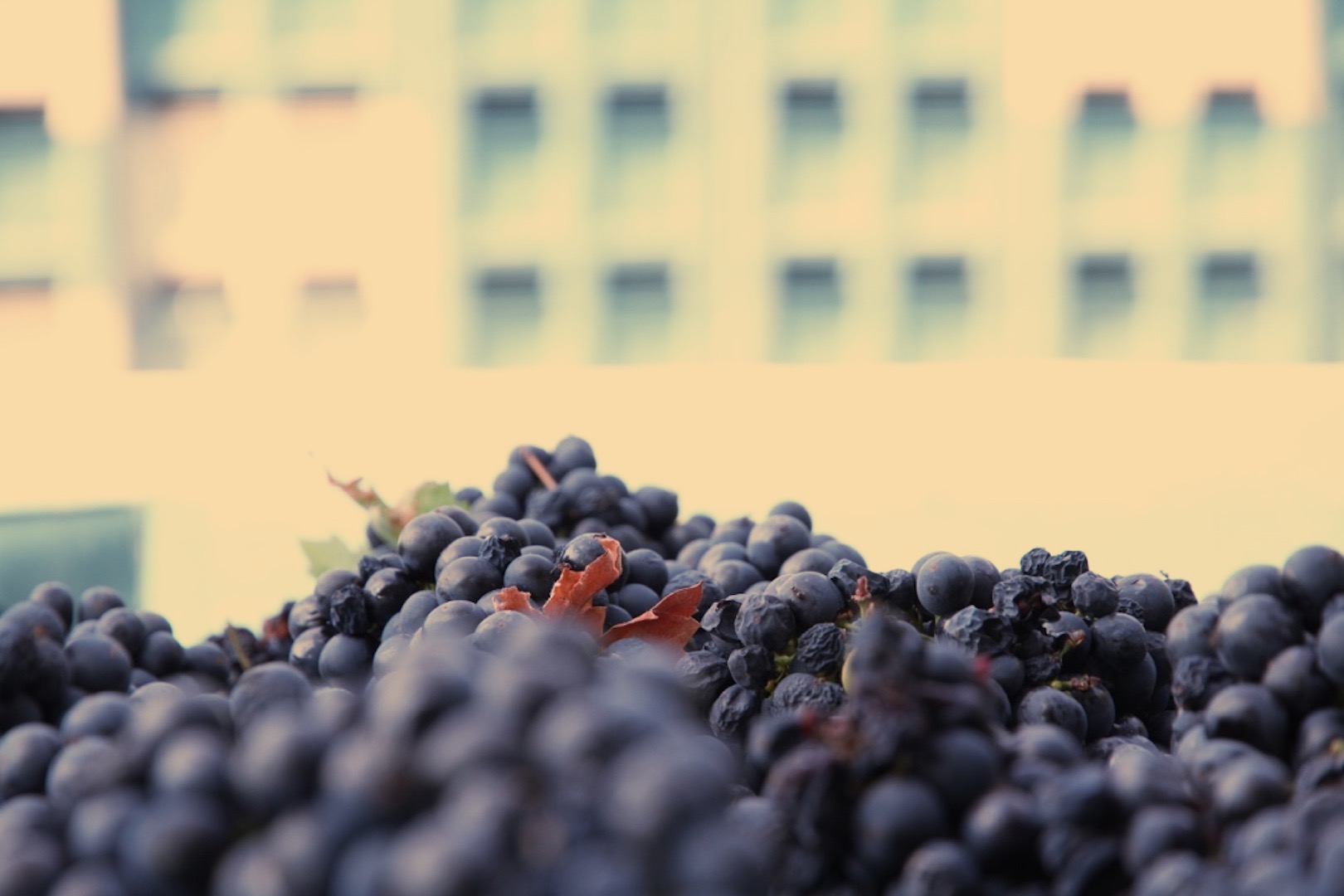





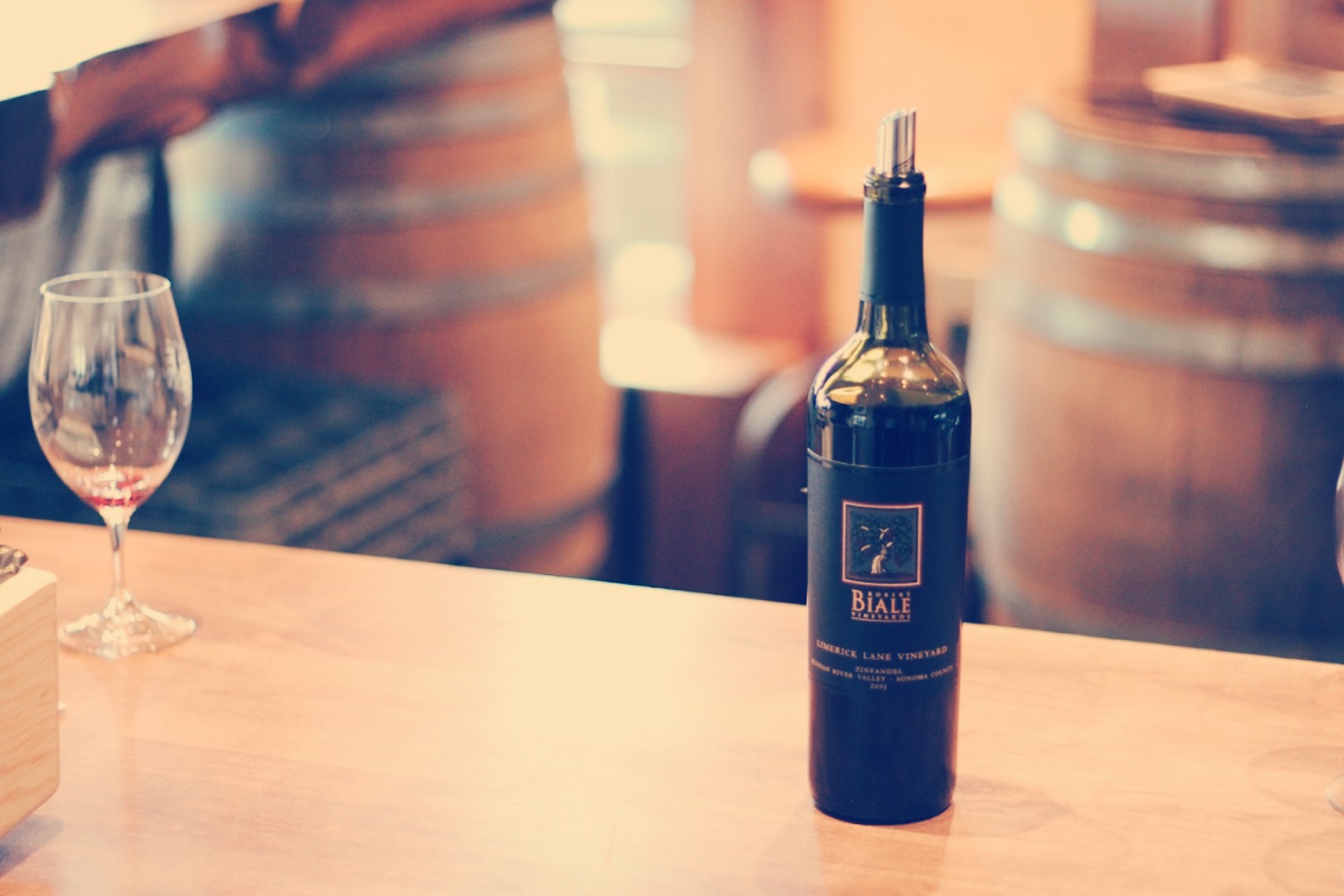

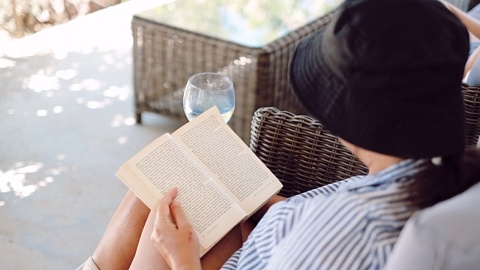
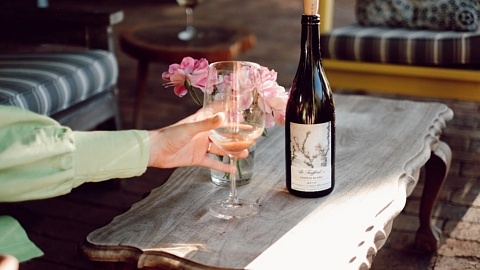
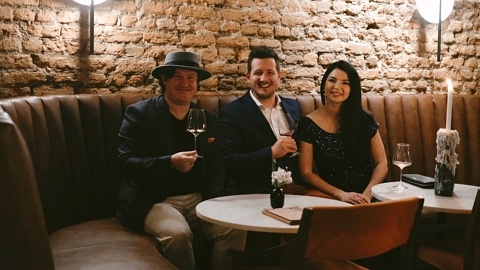




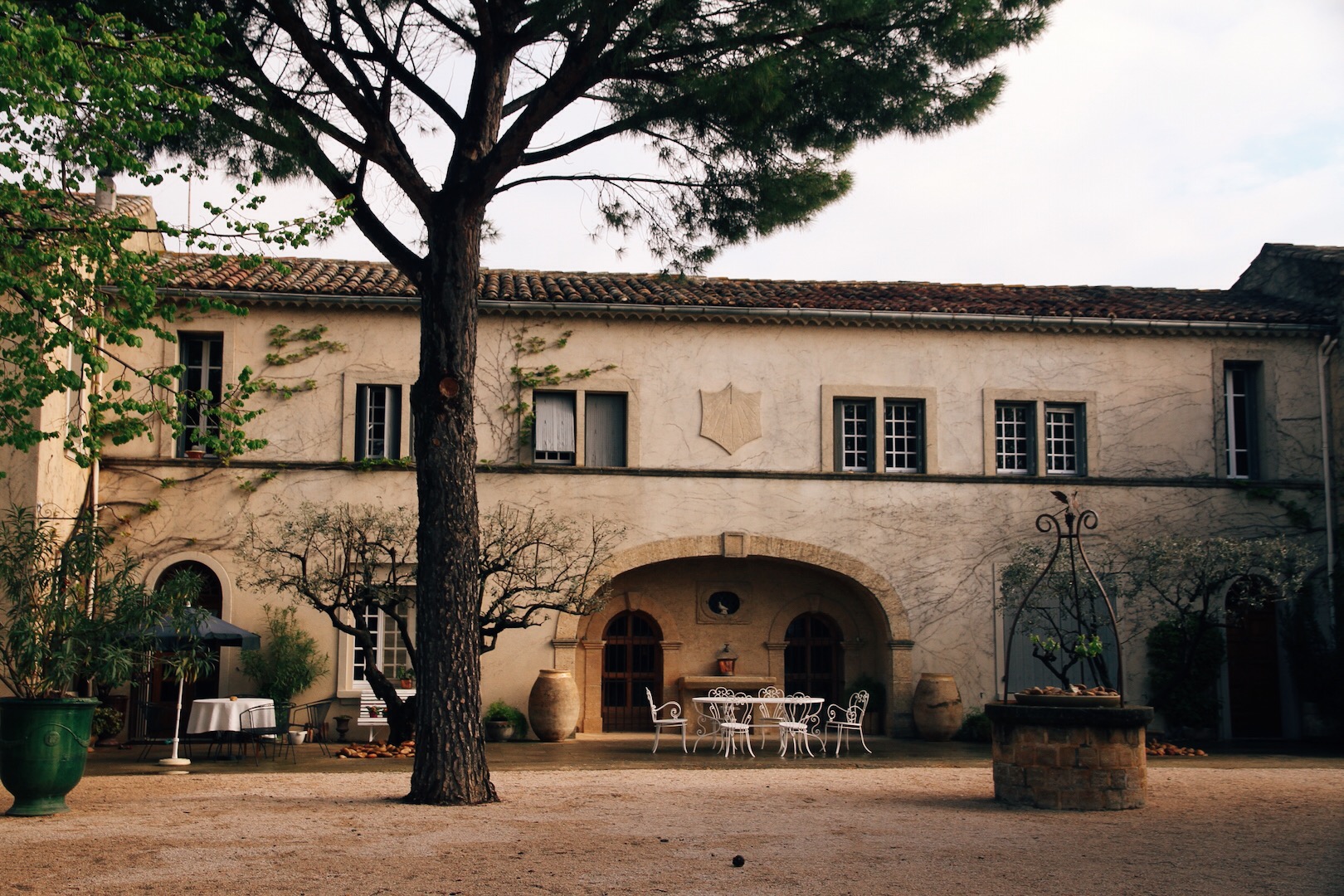


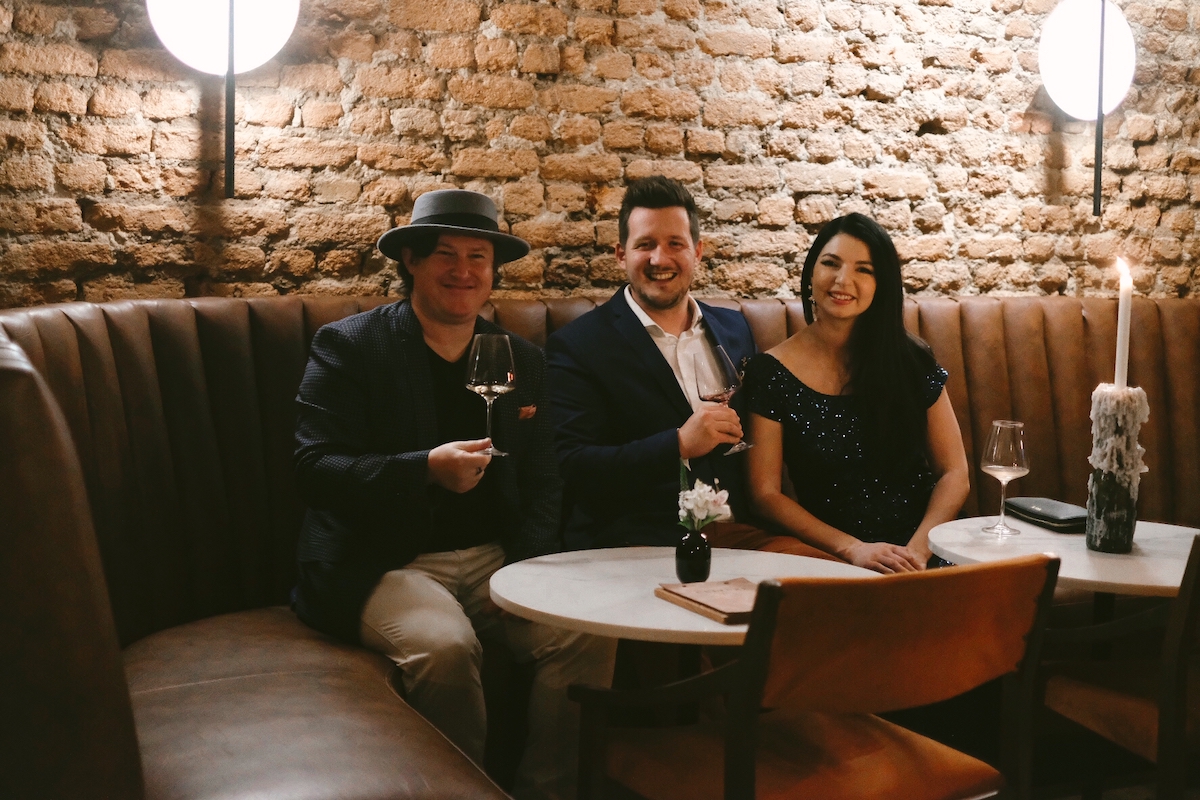
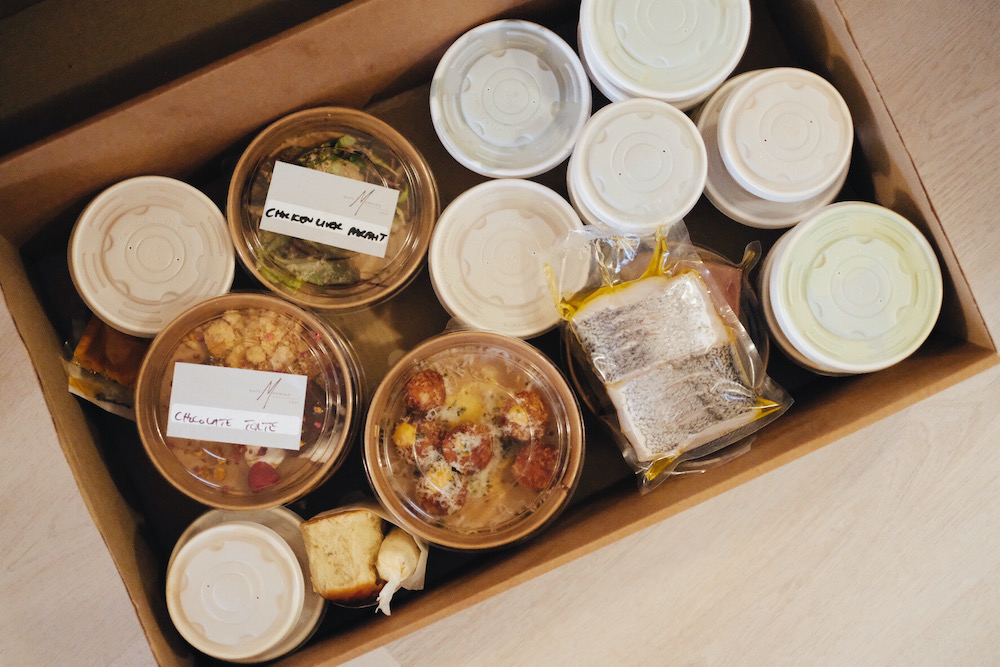
6 Comments